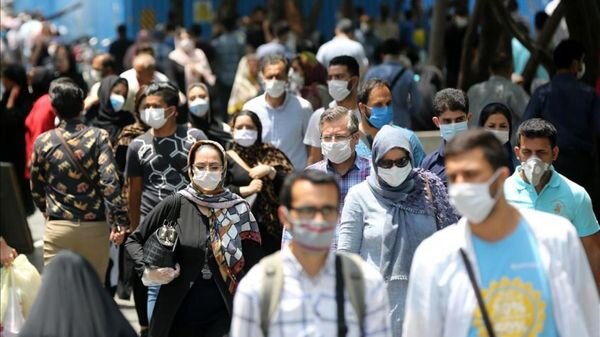$690m budget proposed for population growth

TEHRAN – The budget bill for the next year (March 21, 2022), has proposed 190 trillion rials (nearly $690 million) for childbearing and population growth, IRIB reported on Saturday.
The decline in the marriage rate, followed by a dramatic decrease in childbearing, has sounded the alarm of the aging population, an issue that has forced government officials to enact legislation to support the population growth and the youth.
By a decree issued by President Ebrahim Raisi, the "Law on Family and Youth Support" approved by the Majlis (Iranian Parliament) was notified to the Ministry of Health and the Vice Presidency for Women and Family Affairs.
The Guardian Council approved the law on November 17, 2021 to implement a population growth and family support plan for 7 years to change the declining trend of childbearing.
The plan stipulates health insurance for infertile couples, providing services and facilities to working women, providing health and nutrition support packages to mothers and children, educational opportunities for student mothers, providing livelihood support to families, and ongoing medical services to pregnant women.
The budget will be provided to four responsible bodies of the Ministry of Health, the Ministry of Education, the Ministry of Science, and the Presidential Office.
Demographic issue
Today, the country's fertility rate has reached about 1.6 children per woman, however, it was 6.5 children per woman, in 1986. The lowest fertility rate in the whole region of West Asia, North Africa, and the MENA region is recorded for Iran.
While 1,594,000 births were registered in the [Iranian calendar] year 1394 (March 2015-March 2016), the downward trend continued annually to the point that the number of births reached about one million in the [Iranian calendar] year 1399 (March 2020-March 2021).
In other words, we lost more than 550,000 births in five years.
The fertility rate declined to 1.71 children in the past [Iranian calendar] year (March 2020-March 2021), reaching below the replacement level, according to the report released by the Statistical Center of Iran.
Replacement level is the amount of fertility needed to keep the population the same from generation to generation. It refers to the total fertility rate that will result in a stable population without it increasing or decreasing.
Nicholas Eberstadt, the Henry Wendt Chair in Political Economy at the American Enterprise Institute (AEI) wrote in an article in July 2020 that the fertility rate in Iran has dropped by 70 percent over the past 30 years, which has been the highest decline in human history.
Seyed Hamed Barakati, deputy health minister for family and school population, said in May 2020 that Iran’s population growth rate has decreased to less than one percent for the first time over the past four decades.
FB/MG
